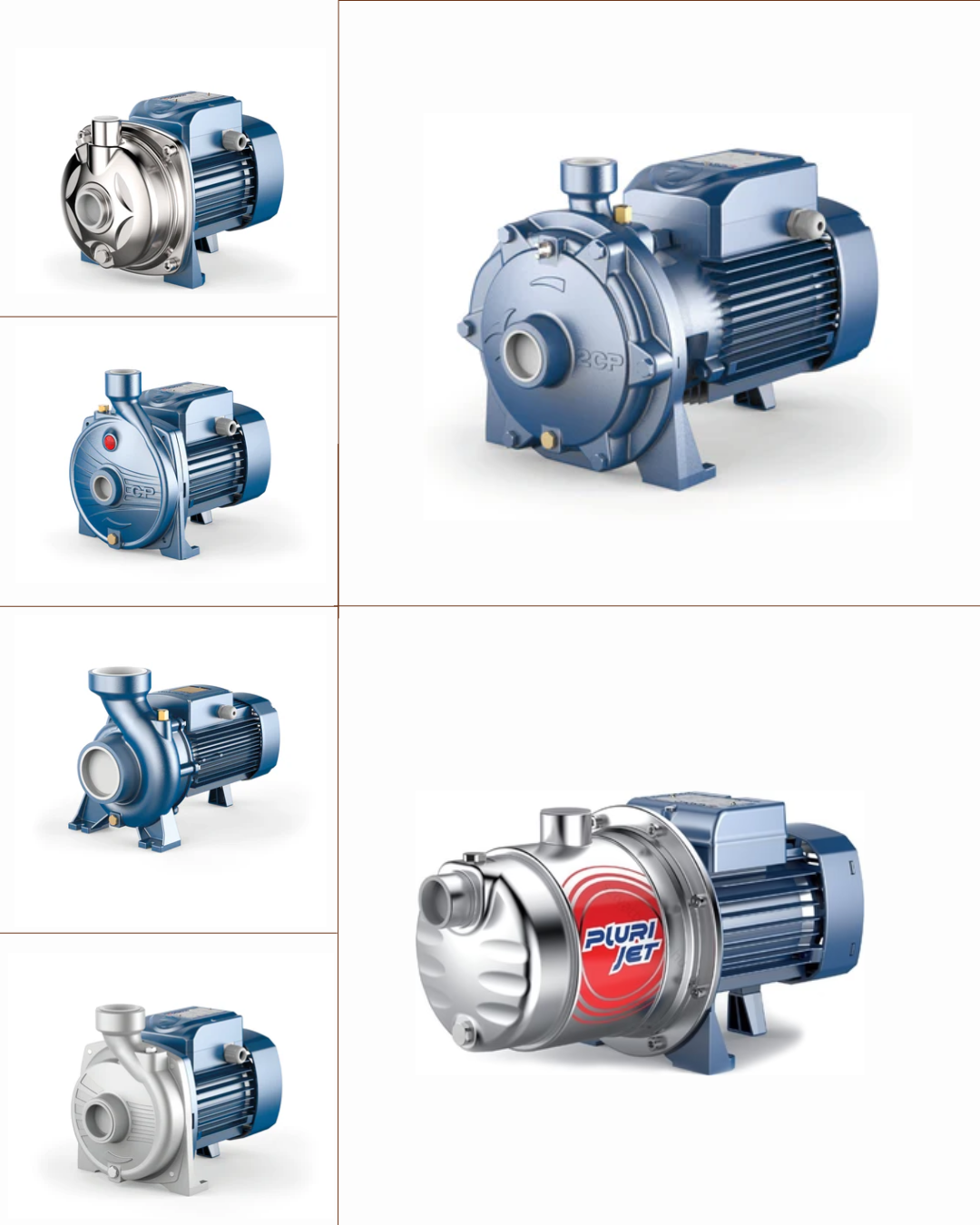The Evolution of Water Pumps: From Manual to Smart Systems
Posted by Allen Wright on
Water pumps have been an essential part of human civilization for centuries. They have played a crucial role in ensuring water is delivered for various purposes, from agriculture to industrial processes and household needs. Over the years, water pumps have undergone a dramatic transformation from simple manual devices to advanced, smart systems that promise greater efficiency and convenience.
This blog traces the technological advancements in water pumps and their impact on how we use water today.
Early Beginnings: Manual Water Pumps
The history of water pumps dates back to ancient civilizations, where they were primarily used for irrigation, drinking water, and other essential needs. One of the earliest examples of water pumps is the Archimedean screw, invented by the Greek scientist Archimedes around 250 BC. This simple device, a screw-shaped mechanism inside a tube, was used to lift water from lower to higher elevations, helping farmers irrigate their fields. It relied entirely on manual labor, often powered by animals or human effort, which meant it was a labor-intensive and slow process.
During the Middle Ages, manual water pumps were further refined, particularly in Europe. The rope and bucket system became common, where a rope with a bucket attached would be lowered into a well, filled with water, and then pulled back up. These systems were more efficient than previous methods but still required significant human effort.
The development of windmills and waterwheels in the 10th and 11th centuries represented a significant leap forward in harnessing natural energy for water pumping. These systems used wind or flowing water to power pumps, eliminating the need for manual labor and making the process of water extraction more efficient. However, despite these advances, water pumps remained relatively simple, and their use was still limited to specific applications.

Industrial Revolution: The Rise of Mechanical Pumps
The Industrial Revolution in the 18th and 19th centuries marked a turning point in the development of water pumps. With the advent of steam power, engineers began designing more sophisticated mechanical pumps. These pumps were powered by steam engines, allowing them to move water more efficiently and at higher volumes than ever before.
The invention of the centrifugal pump in the 17th century by Denis Papin, followed by the development of the piston pump, revolutionized water pumping. The centrifugal pump, using rotating impellers to move water, quickly became the standard for many industrial and municipal applications. Steam-powered pumps could now transport water over long distances, facilitating the growth of urban centers and allowing for more efficient irrigation systems in agriculture.
This period also saw the rise of large-scale water supply systems in cities, where pumps powered by steam engines or, later, electricity were used to provide clean water to homes and industries. The infrastructure required for these systems laid the foundation for modern water utilities and ensured the continued advancement of water pumping technology.

Electrification and Automation: The 20th Century
As electricity became more widely available in the early 20th century, electric water pumps began to replace steam-powered and manual systems. The development of electric pumps brought about several significant benefits: they were more efficient, quieter, and required less maintenance compared to steam-powered pumps.
In addition to electric pumps, the 20th century saw the development of more advanced materials, such as corrosion-resistant metals and durable plastics, which increased the lifespan of water pumps and made them more cost-effective. Pumps became more compact, allowing them to be used in a wider range of settings, from small household water wells to large industrial operations.
The introduction of automatic control systems was another major leap forward. These systems allowed water pumps to operate without constant human supervision, responding automatically to changes in pressure, water levels, or flow rates. This was particularly useful for applications like irrigation, where water flow needed to be adjusted according to varying conditions. Automation improved the efficiency of water distribution, saving both time and resources.

The Smart Revolution: 21st Century and Beyond
The most recent advancements in water pump technology are centered around the integration of smart technologies, including sensors, automation, and data analytics. Smart water pumps are designed to operate with minimal human intervention while maximizing energy efficiency, reliability, and performance. These systems can be found in a wide range of applications, from agriculture to municipal water supply and even in residential homes.
One of the most notable innovations is the development of variable-speed pumps. Unlike traditional pumps, which operate at a fixed speed, variable-speed pumps can adjust their speed depending on the demand for water. This capability helps save energy by ensuring that pumps only work as hard as needed, significantly reducing electricity consumption.
In addition to variable speed controls, modern water pumps are equipped with IoT (Internet of Things) connectivity. This allows pumps to be monitored and controlled remotely via smartphones, computers, or other connected devices. Through real-time data collection, operators can track pump performance, detect potential issues before they become critical, and optimize the overall system for better efficiency. This connectivity also enables predictive maintenance, which helps reduce downtime and extend the lifespan of the equipment.
Ready to Upgrade Your Water Pumps?
Power Plus Retailers, powered by Wilchestrade LLC, provides top-quality products like water pressure booster pumps for residential use and submersible pumps for flood. We have the best, reliable quality water pumps for all your needs. Shop now and find the right solution.

